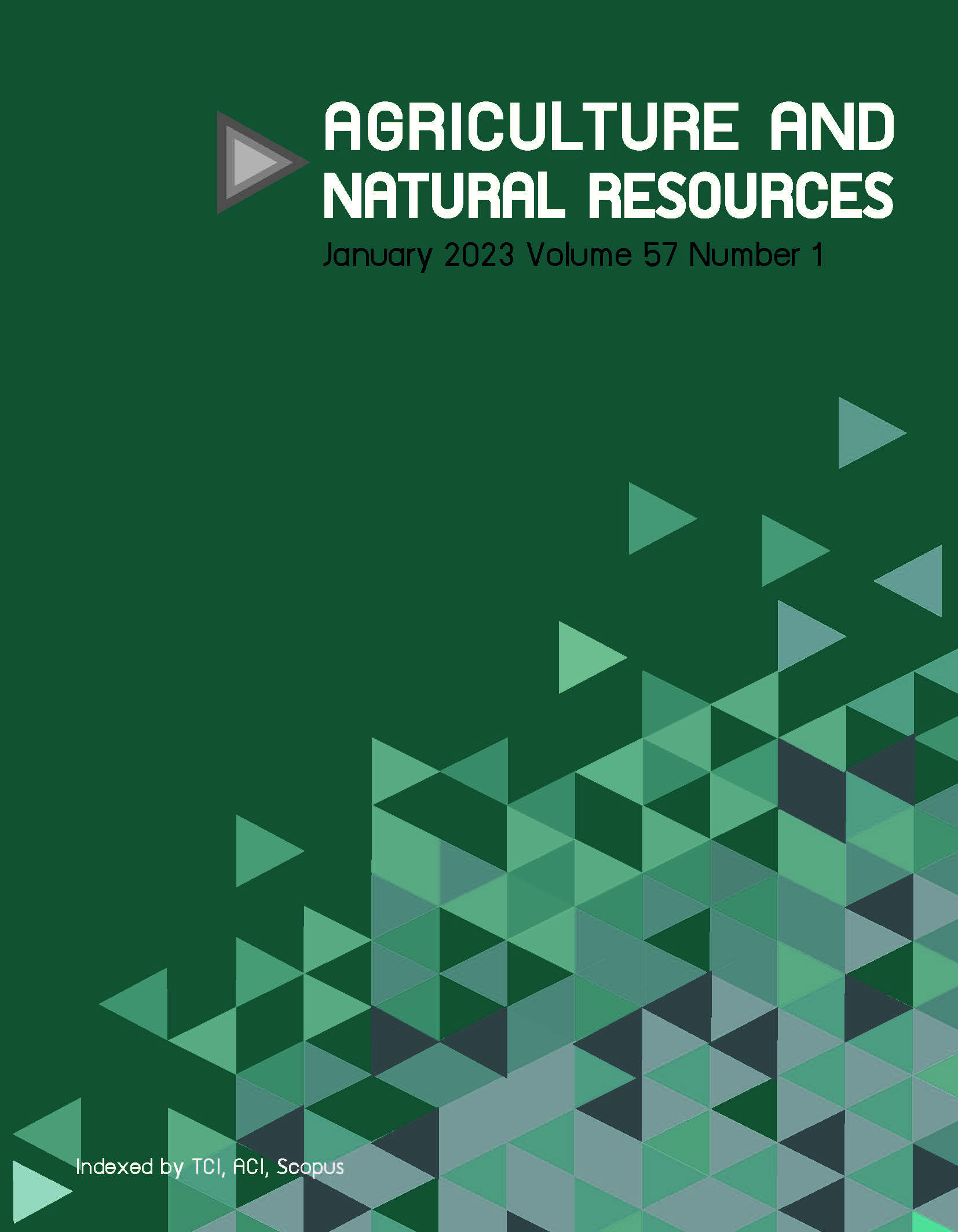Effect of varying concentrations of melatonin on anthocyanin and sugar metabolism in grapes (Vitis labruscana L.)
Keywords:
Abscisic acid, Coloration, Indole acetic acid, Plant hormone, VlMYBAbstract
Importance of the work: The effects of melatonin on fruit maturation are still unclear and these effects may vary according to treatment concentrations.
Objectives: To investigate the effects of melatonin treatment on anthocyanin, sugar, abscisic acid (ABA) and indole 3-acetic acid (IAA) concentrations and their related genes.
Materials & Methods: In the first and second groups, clusters of ‘Kyoho’ grape vines were randomly immersed in 100 μM and 1,000 μM melatonin, respectively, with the surfactant Approach BI at 30 d after full bloom. In the third group, clusters of the untreated control were treated with Approach BI only.
Results: Treatment with 100 μM melatonin promoted anthocyanin accumulation and expression of the VlMYBA1-2 and VvUF3GT genes. In addition, it increased the concentrations of sugars, such as fructose, glucose and sucrose, and upregulated the expression of sugar biosynthesis-related genes (VvSUT11, VvSUS4, VvAI and VvHT1). Melatonin treatment increased ABA concentrations with the upregulation of VvNCED1 at 24 d after treatment. IAA concentrations and the expression of VvGH3-1 decreased in the 100 μM melatonin-treated berries. In contrast, the 1,000 μM melatonin treatment did not influence the anthocyanin or sugar concentrations.
Main finding: Melwatonin may affect anthocyanin and sugar metabolism through ABA and IAA biosynthesis. Treatment with 100 μM melatonin was most effective at increasing the anthocyanin and sugar concentrations in grapes.
Downloads
Published
How to Cite
Issue
Section
License
Copyright (c) 2023 Kasetsart Universityonline 2452-316X print 2468-1458/Copyright © 2022. This is an open access article under the CC BY-NC-ND license (http://creativecommons.org/licenses/by-nc-nd/4.0/),
production and hosting by Kasetsart University of Research and Development Institute on behalf of Kasetsart University.







